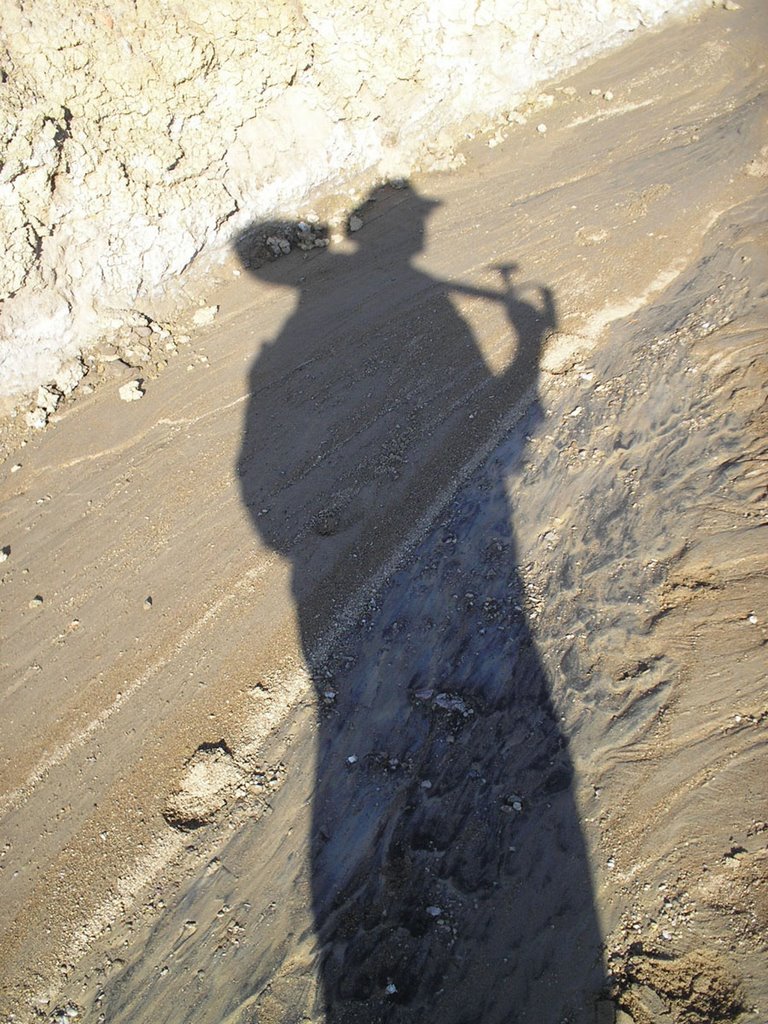Sea of Crises

a.k.a. Mare Crisium. A basalt-filled impact basin 376 miles in diameter and more than 3.8 billion years old. It's got some killer mountains around it, and it's a good place to go exploring right after a full moon, when the rest of the moon is still washed out in direct sunlight.
Conditions were suboptimal tonight. It was windy so the atmosphere was just roiling through the eyepiece, which makes for less than crisp photos. But it's supposed to rain all week so I gave it a whirl anyway.


Southeast of Mare Crisium are four big craters in an arc: Langrenus, Vendelinus, Petavius, and Furnerius, in order from closest to Crisium to furthest away. There are also a couple of cool valleys, Valis Palitzsch and Vallis Snellius. There are no true water-carved valleys on the moon. Some lunar valleys formed by faulting, some were carved by flowing lava (strange but true), and some are collapsed lava tubes.
Valles Palitzsch and Snellius formed another way: they were gouged out by immense chunks of crust blasted away from the impacts that formed the maria. Vallis Palitzsch is 82 miles long and 25 miles wide at the fat end. For reference, Mount Everest is less than 6 miles tall and Mauna Kea is just over 6 miles tall if you measure from the ocean floor. Neither would amount to much compared to the block of crust that dug out Vallis Palitzsch when it landed.
Vallis Snellius is another secondary impact feature, created by a chunk of debris from the impact that formed Mare Nectaris. It is narrower but longer, 367 miles long in all. Imagine a piece of rock several miles wide rolling from LA to San Francisco (actually some puritans would probably like to see that happen).
I wonder about the mountains, craters, and so on that were in the way of those juggernauts. I would like to have been around to watch them get flattened.
Some fun, huh?
Labels: Amateur Astronomy, Cosmic Catastrophes, Explosions, I took this


0 Comments:
Post a Comment
<< Home